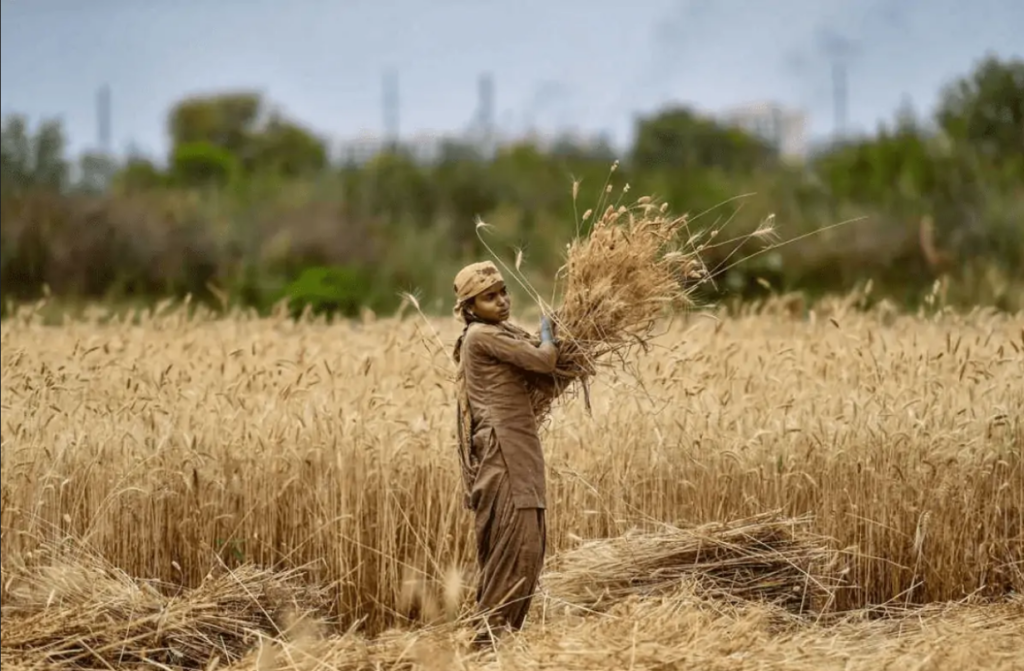The government has adjusted its forecast for wheat production, reducing it by 5.7 percent to 105 million tonnes for the 2021-22 crop year, which concludes in June. This revision, down from the earlier projection of 111.32 million tonnes, is attributed to the adverse impact of an early onset of summer on crop productivity. Sudhanshu Pandey, the Food Secretary, announced the revised estimate at a press conference, emphasizing that the Agriculture Ministry has officially lowered the wheat production estimate for the current crop year.
In the previous crop year (2020-21), India’s wheat production reached 109.59 million tonnes. The downward adjustment in estimates is specifically linked to the early arrival of summer. Pandey clarified that despite this adjustment, there is no proposal to restrict wheat exports.

Anticipating a decline in government wheat procurement to 19.5 million tonnes in the 2022-23 marketing year (April-March), Pandey outlined various contributing factors. These include elevated market prices for wheat in certain states compared to the minimum support price (MSP), farmers and traders holding stocks in anticipation of further price increases, and lower-than-estimated production in specific states.
Pandey also disclosed that the government has allocated an additional 55 lakh tonnes of rice, in lieu of wheat, to states for distribution under the Pradhan Mantri Garib Kalyan Anna Yojana (PMGKAY). This initiative aims to provide free foodgrains to over 80 crore beneficiaries covered under the National Food Security Act, serving as part of the government’s relief measures during the COVID-19 pandemic.

Under PMGKAY, the government offers 5 kilograms of foodgrains per person per month at no cost, supplementing the regular quota provided under the National Food Security Act. This additional provision is made available at a highly subsidized rate of Rs 2-3 per kg.